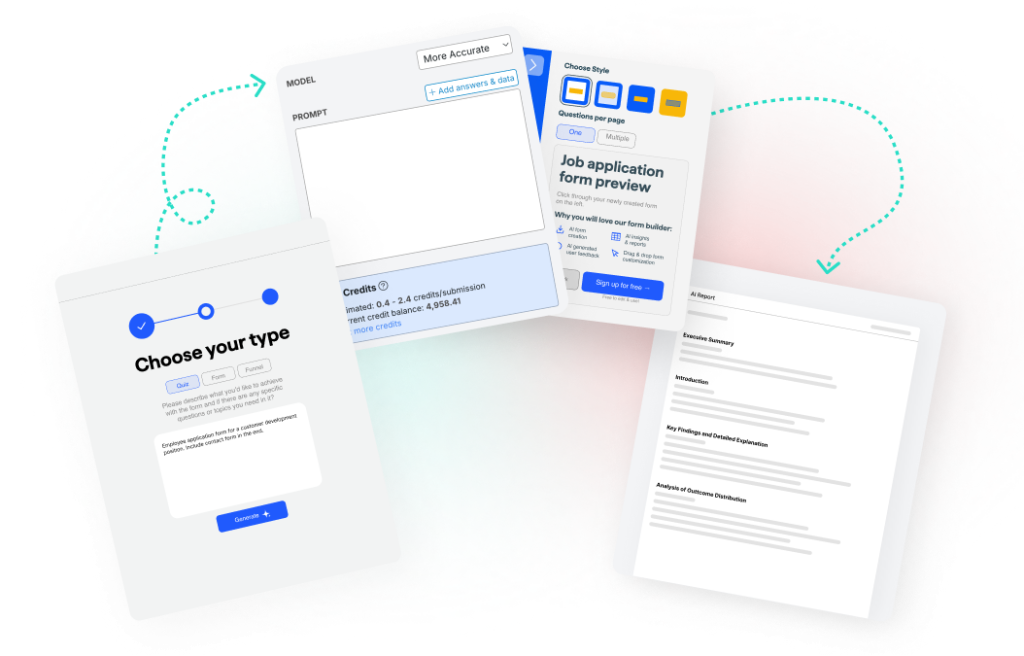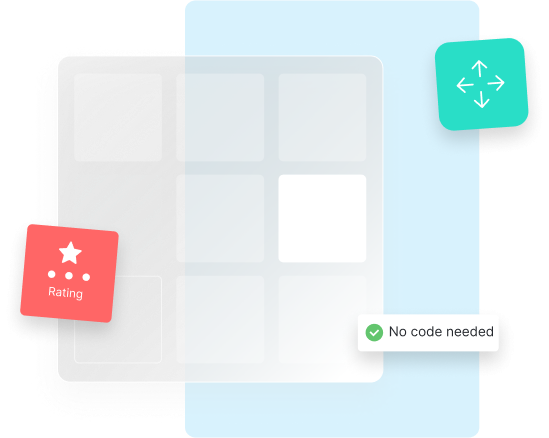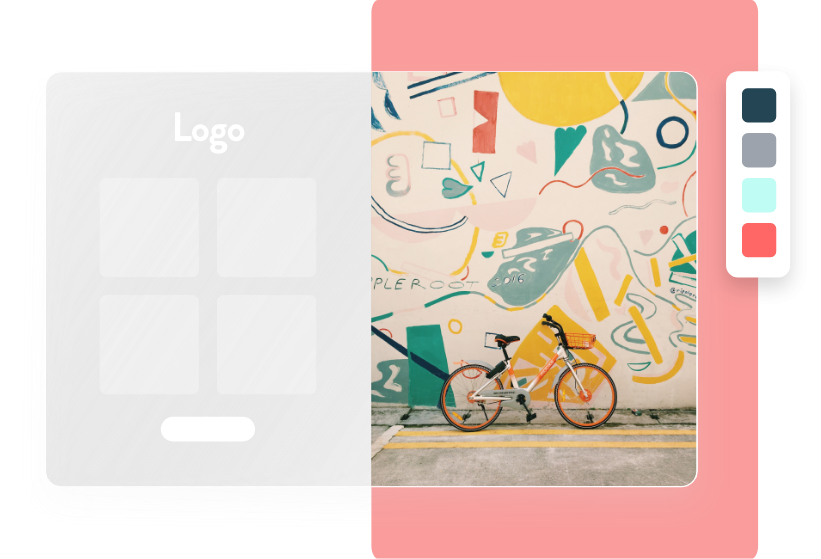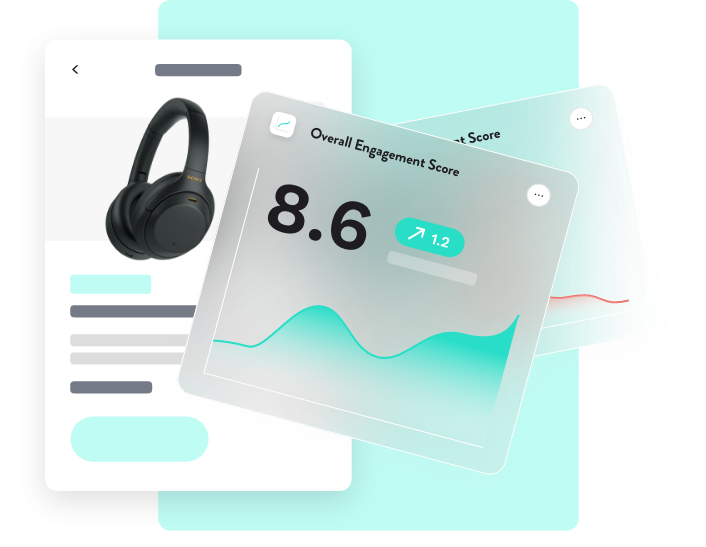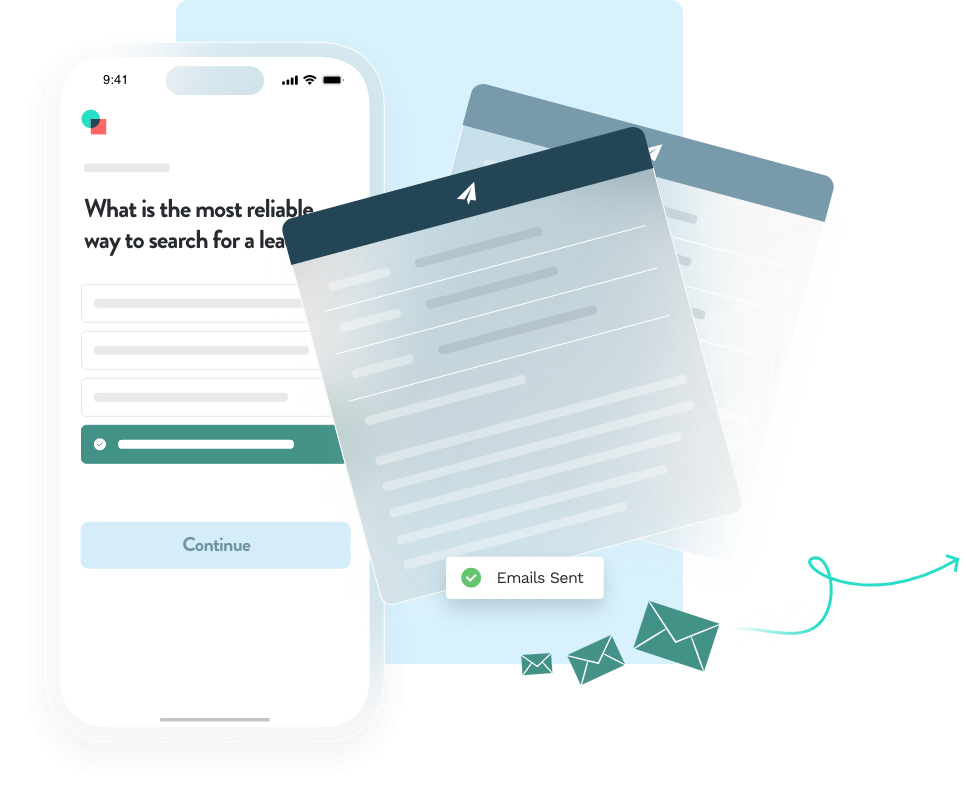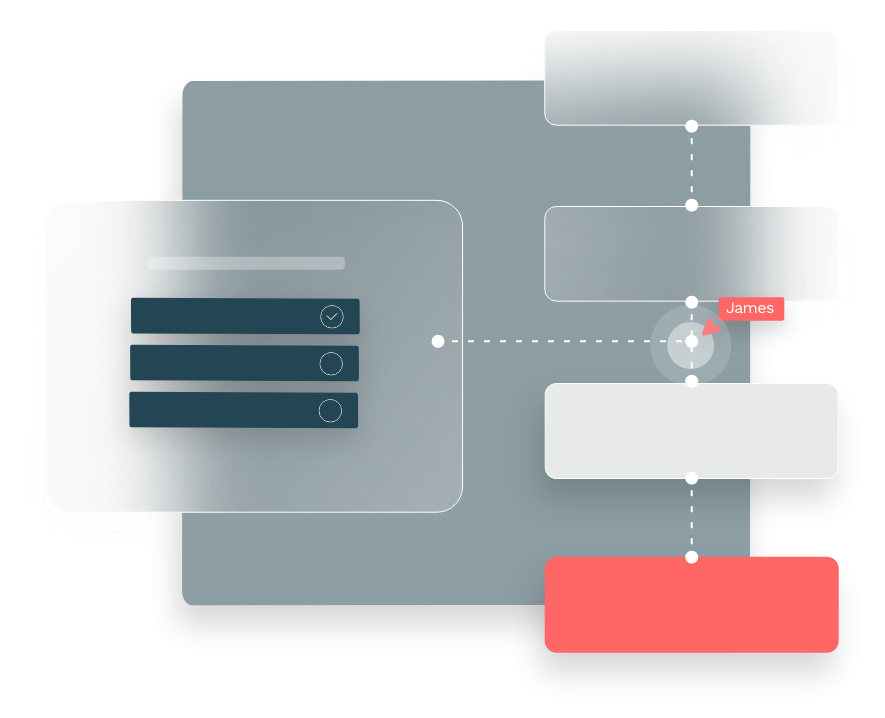What are the essential types of online quiz questions?
Creating effective online quizzes starts with understanding the main question types available and when to use each format. The right mix of question types can significantly impact engagement levels and the accuracy of knowledge assessment.
Multiple Choice Questions
Multiple-choice questions with 3 to 5 options remain the most common format for knowledge testing. They present one correct answer among several options, making them ideal for testing specific knowledge across subjects like science, history, and professional certifications.
They are especially effective when you need to test understanding of facts, core concepts, or step-by-step procedures. The most important part is crafting plausible wrong answers that reveal common misconceptions, helping both quiz takers and your company identify knowledge gaps.
True or False Questions
True or false questions provide quick fact verification and binary assessments (yes/no style), perfect for testing fundamental concepts or reviewing course material. While simple in format, they can effectively gauge understanding when properly designed with clear, unambiguous statements.
These questions work best for quick checks and reviews, but they should not dominate high stakes tests because there is always a 50% chance of a lucky guess.
Image Choice Questions
Image choice questions work like single or multiple choice questions, but the answer options are images instead of text. Participants select the correct picture or the picture that best matches a description.
This format is useful when visual recognition matters, for example:
Identifying products or brands
Recognizing landmarks, flags, or locations
Choosing correct diagrams, charts, or icons
Testing visual examples, such as design options or user interfaces
Image choice questions are especially helpful for visual learners and for quizzes where appearance, layout, or shape is part of what you want to assess.
Dropdown Questions
Dropdown questions present a list of options inside a compact dropdown menu. This format works well when you:
Have many options to choose from and want to save screen space
Need to keep the layout clean on mobile devices
Want participants to focus on one choice at a time
Dropdown questions are common for things like selecting categories, countries, roles, or specific values.
Open-Ended Response Formats
Short/long answer text inputs accommodate open-ended responses, allowing quiz takers to respond in their own words. These open-ended responses often need manual review, but they reveal deeper understanding, reasoning, and misconceptions that fixed-choice questions can miss.
Matching quiz formats pair related concepts or terms, effectively testing associations and relationships between different pieces of information. They work particularly well for definitions, cause-and-effect relationships, and categorical knowledge.
Advanced Interactive Question Formats
Modern quiz platforms now support sophisticated question types that go beyond traditional formats, offering more engaging and comprehensive assessment options.
Likert scale questions collect opinions and feedback through rating scales. They are widely used in personality quizzes, course evaluations, and market research because they capture more nuance than simple yes or no questions.
Numeric input questions ask for specific numbers. They handle mathematical calculations and precise measurements, automatically scoring numerical responses within acceptable ranges. This format proves essential for science, engineering, and finance assessments.
Video-based questions incorporate multimedia content, presenting scenarios or demonstrations that test application of knowledge in realistic contexts. These immersive formats significantly boost engagement while providing authentic assessment experiences.










